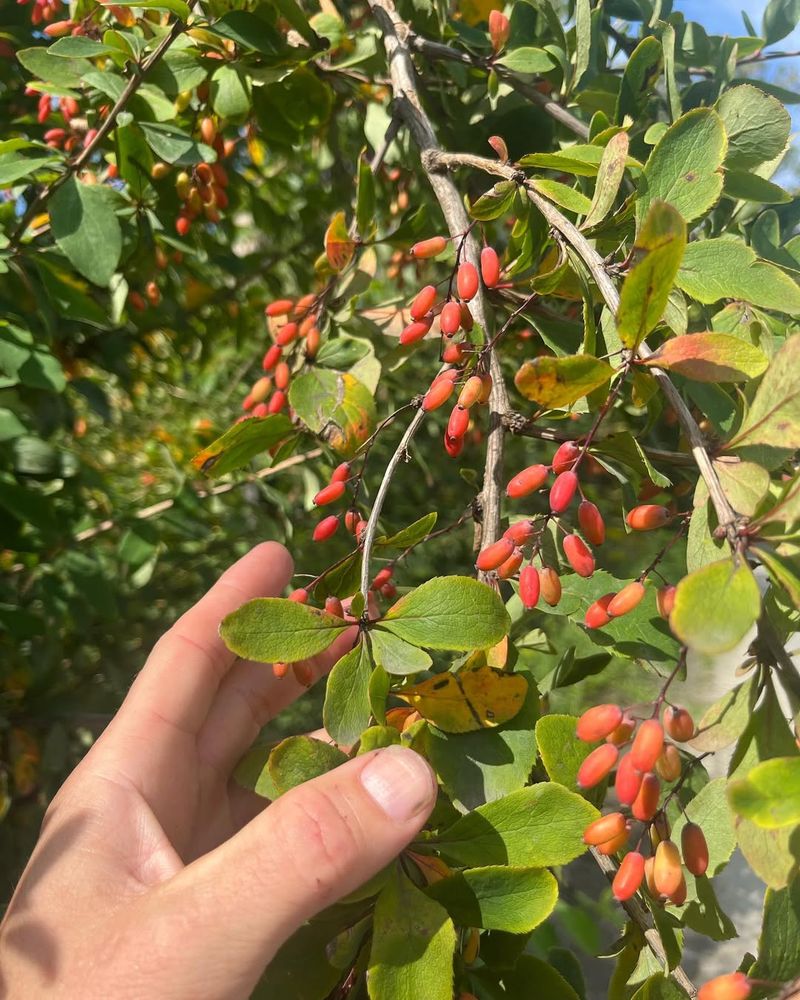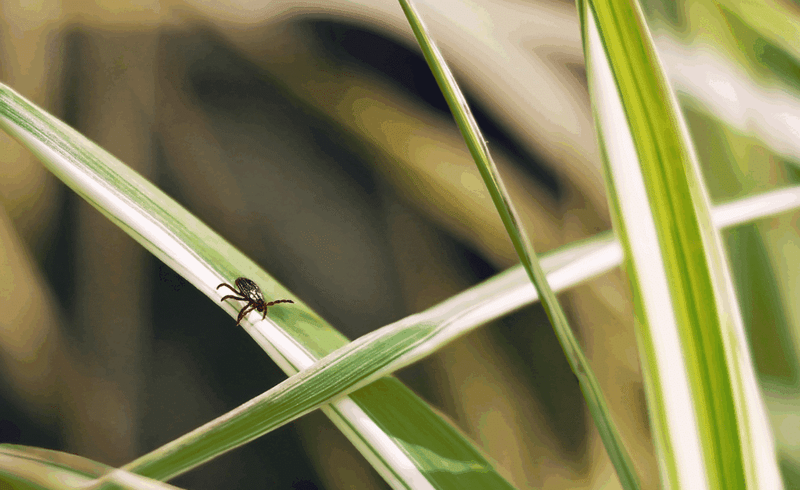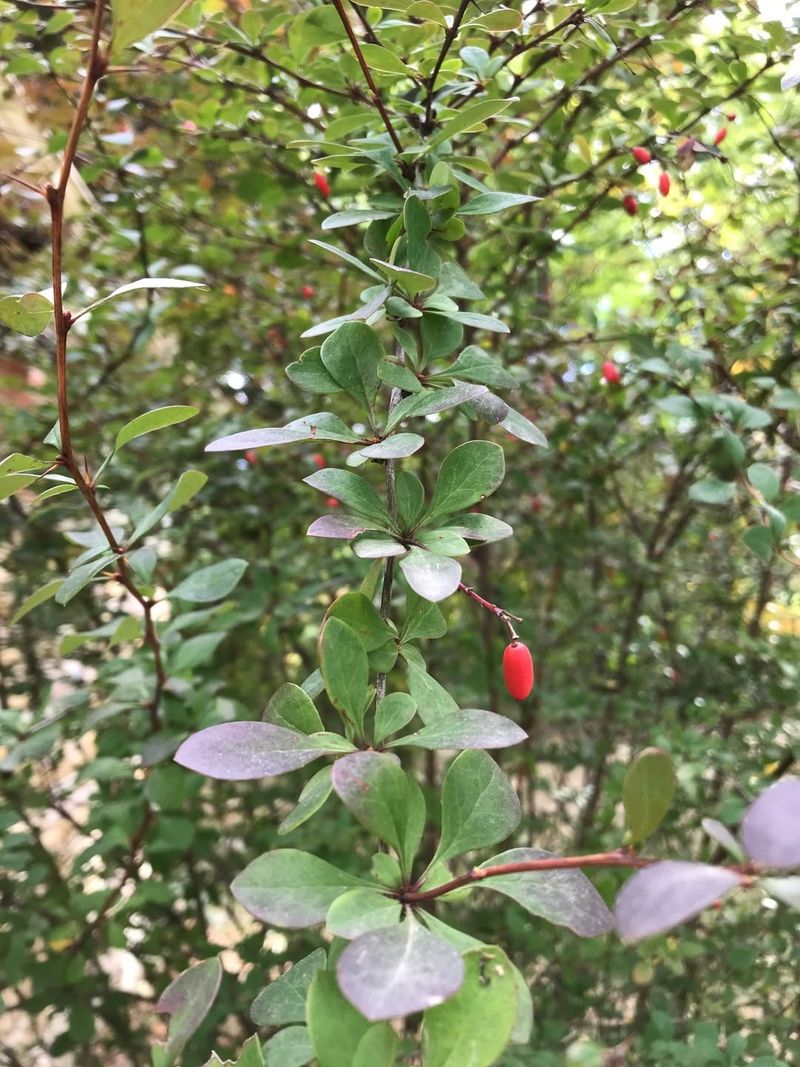Japanese barberry might look pretty in your garden with its red leaves and bright berries, but this shrub creates serious problems for Washington pet owners. Scientists have discovered that this popular landscaping plant creates the perfect home for ticks, putting your furry friends at risk.
If you care about keeping your dogs and cats safe from tick-borne diseases, you need to know why this plant is such bad news for your backyard.
1. Japanese Barberry Creates A Tick Paradise
Research from Connecticut Agricultural Experiment Station found that areas with Japanese barberry can have up to 120 times more ticks than areas without it. The dense branches create humid, shaded spots where ticks thrive and multiply rapidly.
Your pets brush against these bushes during walks or playtime, picking up dozens of ticks in seconds. Unlike native plants, barberry provides the exact temperature and moisture conditions ticks need to survive.
Removing this plant from your yard dramatically reduces tick populations within just one season.
2. Lyme Disease Risk Skyrockets Near Barberry
Black-legged ticks living in Japanese barberry carry Lyme disease at alarming rates. Studies show these ticks are more likely to be infected when they live near barberry plants compared to other vegetation.
Dogs wandering near these shrubs face higher chances of contracting this painful illness. Symptoms include limping, fever, and joint swelling that can last for months.
Treatment costs hundreds of dollars, and some pets develop chronic problems. Preventing exposure by eliminating barberry is far easier than dealing with sick animals.
3. Sharp Thorns Injure Curious Pets
Beyond the tick problem, Japanese barberry grows vicious thorns along every branch. Cats investigating the bushes and dogs chasing toys underneath can suffer painful scratches and puncture wounds.
These injuries often become infected, requiring veterinary care and antibiotics. Puppies and kittens are especially vulnerable because their curiosity leads them into tight spaces.
Eye injuries from thorns are particularly serious and expensive to treat. Many pet owners only realize the danger after their animals get hurt repeatedly.
4. Barberry Spreads Aggressively Through Your Yard
Once planted, Japanese barberry spreads like wildfire across your property. Birds eat the berries and deposit seeds everywhere, creating new tick habitats throughout your entire yard.
Washington’s mild, wet climate provides perfect growing conditions for this invasive species. Within a few years, you might have dozens of barberry plants where you started with just one or two.
Each new plant becomes another tick breeding ground, multiplying the danger to your pets exponentially as the infestation grows.
5. Wildlife Carriers Congregate Around Barberry
Deer, mice, and other wildlife love hiding in dense barberry thickets. Unfortunately, these animals carry ticks into your yard and drop them near where your pets play.
The thick cover barberry provides makes animals feel safe, so they spend more time there. More wildlife time means more ticks falling off and establishing populations.
Your dog’s favorite spot for digging or your cat’s outdoor lounging area could be crawling with ticks deposited by wild visitors attracted to barberry plants nearby.
6. Native Plants Offer Safer Alternatives
Washington has gorgeous native shrubs that look beautiful without attracting ticks. Oregon grape, salal, and red-twig dogwood provide color and structure while supporting local ecosystems safely.
Native plants have evolved alongside local wildlife and don’t create the same tick-friendly microclimate that Japanese barberry does. They require less water and maintenance too.
Landscaping with regional species protects your pets while helping butterflies, birds, and beneficial insects thrive. Making the switch improves your yard’s health and your peace of mind.
7. Removal Protects The Whole Neighborhood
When you remove Japanese barberry, you help every pet owner on your block. Ticks travel between yards, so reducing their habitat benefits the entire community.
Many Washington neighborhoods have organized barberry removal days where residents work together. Local extension offices often provide free guidance and sometimes even help with removal costs.
Taking action sets a positive example and encourages neighbors to create safer spaces for all pets. Your decision ripples outward, making the whole area healthier for animals and people alike.








